The thermal insulation of houses is a topic that is given major importance in European countries, and the issue of reducing heating fuel consumption is taken very seriously. New houses are being built with the idea of keeping energy costs as low as possible, using the best insulation materials, ingenious jointing solutions to eliminate thermal bridges or windows with 3 layers of glass. But the problem arises in old houses, whether apartment blocks or old houses with beautiful facades or historical value. But even for these there are solutions for effective thermal insulation. Even if there are some who argue against insulation, the results of studies show that the problems can and must be solved because thermal insulation not only ensures the comfort of the inhabitants but also protects the planet's resources.
Benefits of insulating your home
Everyone who talks about home insulation says there are three basic principles:
- If you do it, do it well.
- Better sooner than later.
- Never skimp on home insulation.
Basically thermal insulation aims to restrict the flow of heat. This flow is determined by temperature differences between inside and outside the house. In winter, when it is cold outside, heat tends to flow out of the house and in summer, heat tends to flow in. In order to continue to have a pleasant environment in the home, the drop or rise in temperature must be compensated for, and this is done through energy consumption.
It is a proven fact that the greatest heat loss - up to 70% - occurs through external walls and the roof. Sensitive areas are also windows, doors and floors, but if you want to significantly reduce the cost of heating or cooling your home, the focus should be on the outside walls and roof.
Thermal insulation solutions are available for all types of houses: concrete, brick, timber, log, prefabricated walls, steel or mixed. Viable solutions have been found for old houses, even those with carvings or special designs on the outside. Studies of renovated old houses in Germany have shown that energy costs have been reduced by at least 65%, and in most cases by more than 90%.
The main advantages of home insulation are:
- cutting heating costs
- reduce the risk of damage to your home from damp
- avoid mold growth
- comfort in both winter and summer with low fuel consumption
- environmental protection by reducing fossil fuel consumption
- reducing dependence on fuel and electricity.
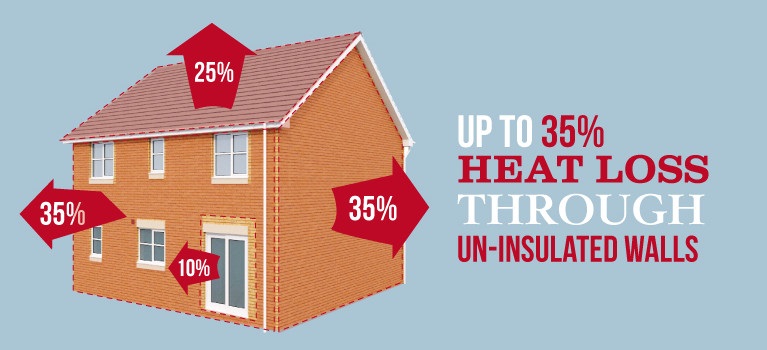
Properties of insulation materials
Good insulation saves money. The better it is, the greater the savings. But what does good insulation mean? What does the material need to be like for effective thermal insulation to be effective and energy savings to be evident? Here are some characteristics:
- Have low thermal conductivity and high thermal resistance. Information about these parameters find here
- Be pressure-resistant. Material stress leads to decreased performance
- Be moisture resistant
- Have large heat storage capacity
- Be durable over time
- Have as high fire resistance as possible. The materials used shall be at least fire resistance class B1
- Also be a good sound insulator
- To have sustained behavior over time, i.e. not to lose their properties with the passage of time
- Keep it simple and easy to work with
- Have a carbon dioxide balance as close to 0 or negative as possible.
This last criterion has led to the increasing use of natural insulation materials. During the growing period, they consume more carbon dioxide than is released during their manufacture, so the carbon dioxide balance is negative.
Interest in natural insulation materials has also led to increased efforts to improve their performance as much as possible. As a result, they have become among the materials with the best insulation performance, gradually decreasing the use of synthetic materials, especially those with negative influences on the human body (in 2016, polystyrene was declared hazardous waste in Germany).
About insulation sheep's wool, hemp, jute or wood fibres we have also written over the years. Naturalpaint, the company that distributes these natural materials, has made a sustained effort in recent years to explain and draw attention to the benefits of natural insulation. The beginning was very difficult, but thanks to the information available and awareness of the benefits, more and more people are now choosing natural insulation materials. Among the first to use the services of Naturalpaint were Romanians working abroad. There they learned about the benefits of natural materials and wanted them in their new home. The materials have also been successfully used to insulate old houses.
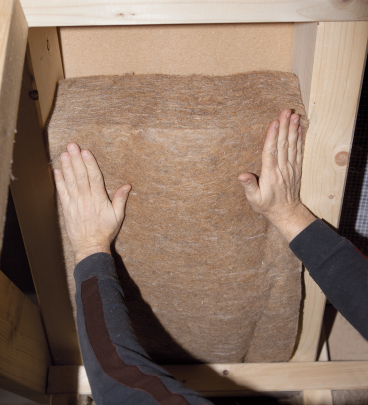

Most common objections
There are also people who believe that thermal insulation is not a good solution for the health of the home and those who live in it. Those who are involved in insulating houses or building passive houses have made scientific arguments in favor of insulation. In Germany there are a highly argued study made by professors and researchers from famous institutes, in which the benefits of isolation are presented, with arguments, and which finds solutions to each of the objections. Let's look at some of them.
Houses don't insulate because walls need to breathe. Houses do not breathe through their walls, something that has been proven since 1928. There may be places where damp can escape, i.e. through windows or doors, but that's also where heat escapes. The greatest amount of moisture escapes through open windows and doors - through ventilation - or through unoccupied areas (basement or attic) to which insulation is not well done. The recommendation is that insulation should be done as well as possible, thermal bridges should be eliminated, and where insulation is perfect (passive houses) there should be ventilation solutions to remove moisture and noxious emissions from living in the house.
Insulated houses are mouldy. By insulating the house, the temperature rises and mold does not grow at high temperatures. However, if it does occur due to very high humidity, a ventilation system should be adopted. It is also a good idea to have a hygrometer in the house to signal an increase in air humidity above the limits. The human body senses small variations in temperature but not in humidity.
Insulation materials are a health hazard. Turn to natural products - hemp, wood fiber and wood fiber boards, sheep's wool, jute, cellulose, basaltic wool, corkstraw bales. They are health-friendly products and their insulating properties are proven to be very good.
Green roof and facade replace home insulation. Plants that cover the facade or roof make a very small contribution to insulating the house. Moreover, this contribution is mainly made in summer, against the heat coming in from outside. In winter, however, they do not help retain heat inside the house.
The thick walls of old houses are already insulating. Old buildings are made of compact bricks or stone, which are very good at storing heat, but also at transmitting it. So you're still going to lose heat, the process is slightly delayed. Thick walls are effective in the summer, when heat is stored during the day and released into the house at night, and this is not hindered by external insulation.
Insulation materials are expensive. Here we need to go back to one of the first principles - do not economize on insulation materials. Insulation should be of good quality and of the recommended thickness for maximum results. The investment is one that pays for itself most quickly. There are situations where, even in the first year, by reducing energy costs, a payback of 75-80% can be achieved.
Insulation damages the facade. Old houses sometimes have stucco, carvings and paintings, and the facade could not be restored if exterior insulation was fitted. In this case, specialists have found solutions to insulate on the inside, leaving the facade intact. If you have such situations, call in the specialists because the solutions already exist.
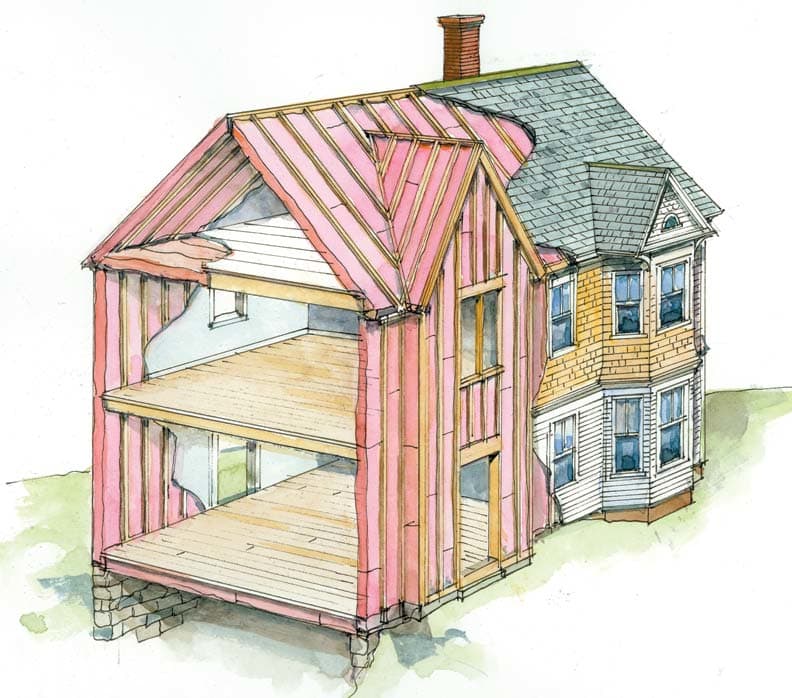
Insulate your home! It's really worth it.
I've had the opportunity to go to a friends' apartment building, built in the 1970s, before and after it was insulated. The difference is impressive. The work was very well done and there is no problem with mold growth years after the work was done. Since this thermal insulation, there have been winters when they have not turned on the radiators, the heat radiated by the pipes and the heat removed by the fixtures being sufficient. So, follow the principle from the beginning - better sooner rather than later - and consider insulating your home as soon as possible. You may be able to recoup the cost in the first year. Good luck!
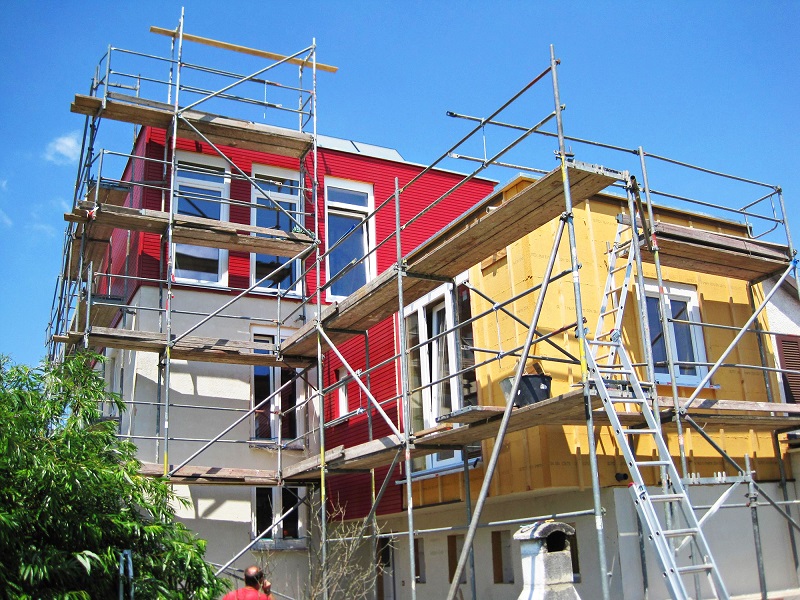





















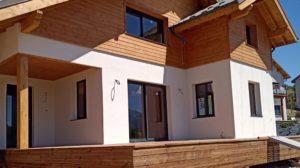

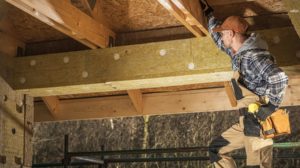
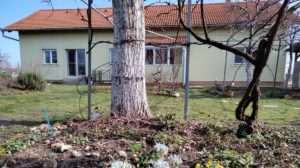
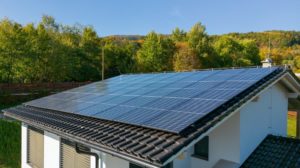
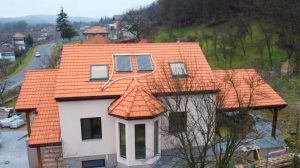

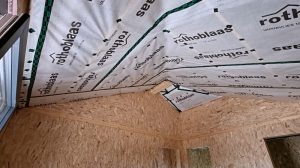

Add comment